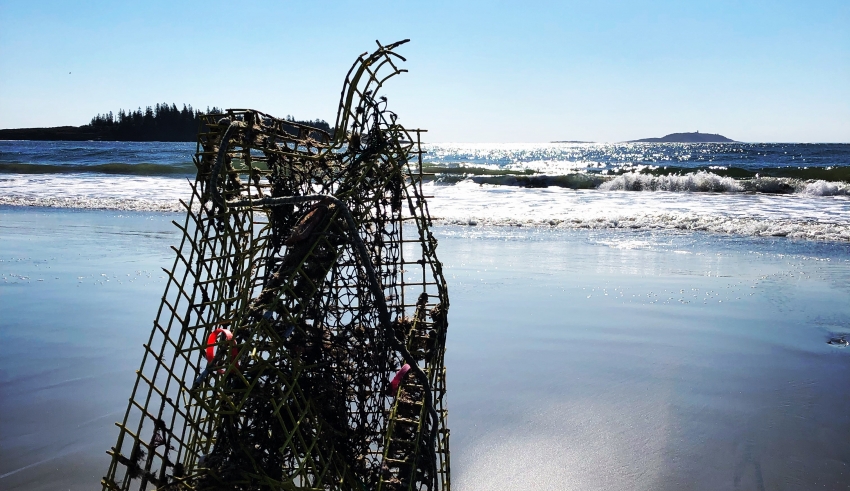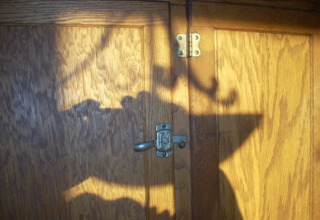
At this point, we also wish to reintroduce the Human Spectrum template, for it relates directly to the preferences each of us may have for one of the three domains. In the fiefdoms of the Middle Ages, not only did every domain have its own norms, values and narratives, it also had a shield, crest or colors that provided this domain with a powerful, visual representation of its norms, values and narratives. While we are not in a place to design a shield for each domain, we can assign it an appropriate color. As already noted, we have chosen to assign each domain one of the three primary colors on the spectrum: red, blue and yellow (acknowledging that there is a competing model concerning the three primary colors).
We are assigning the color of red to the Domain of Ideas. In fact, it is a ruby red– for this is the domain that is glowing with energy and vitality. The Domain of Intentions has been assigned the color of blue (and more intensely azure blue). This is a color that represents the sky and azure blue suggests a quite beautiful sky that inspires us to look upward and outward into the future. Finally, the Domain of Information is represented by yellow. A Golden Yellow represents the intense light emanating from the sun. We must be illuminated by light if we are to find our way forward.
Developmental Stages of the Journey
Given our introduction of the three domains, as well as the three interpersonal needs and the Human Spectrum, we turn to the ways in which the domains, needs and spectrum can and should be considered in helping a group become an effectively functioning Team. This involves the introduction of a four-stage model of development that describes how a group engages in the journey to being an effectively functioning Team.
The most widely used model for the developmental sequence of Teams, was identified by Bruce Tuckman (1965). It concerns two distinct areas of behavior. First, almost all Teams come together to get something done. Teams have agendas to cover, problems to solve, decisions to make. Behavior related to getting the job done will be called task behavior. Second, Teams are made up of people. Whether they wish to or not, members of a Team will establish interpersonal relations with each other over the course of the Team’s development.
Behavior related to the interpersonal dimension of the Team’s life will be called interpersonal behavior. This is where the human spectrum enters and where our analysis of the interpersonal needs related to this spectrum informs the nature and purpose of this behavior—on their way, potentially, to becoming a Team. Tuckman proposes that groups follow a predictable pattern of development over time in the areas of both task behavior and relationship behavior. We suggest that the transformation of a group to that of a functioning Team involves the successful movement through each of Tuckman’s four stages of development.
Download Article












